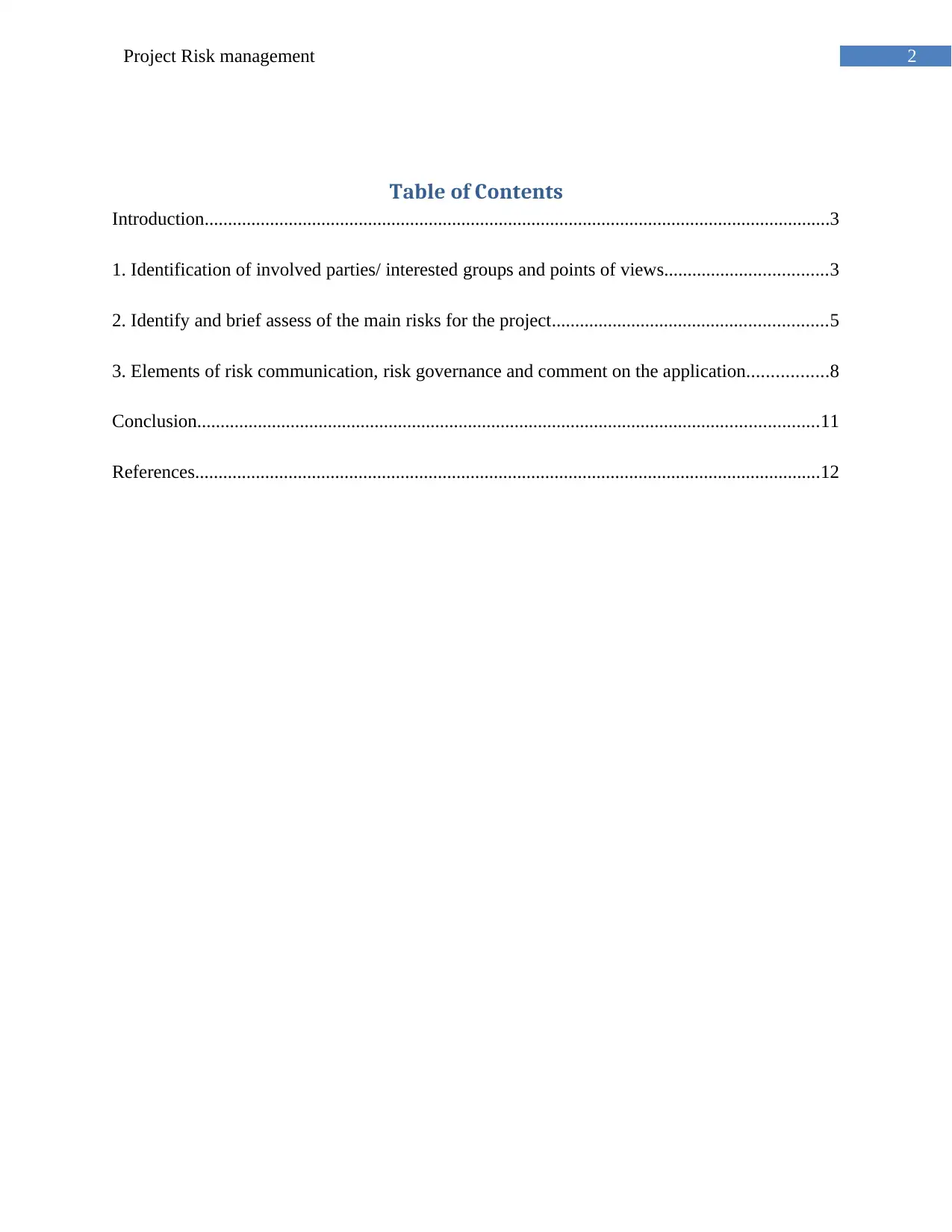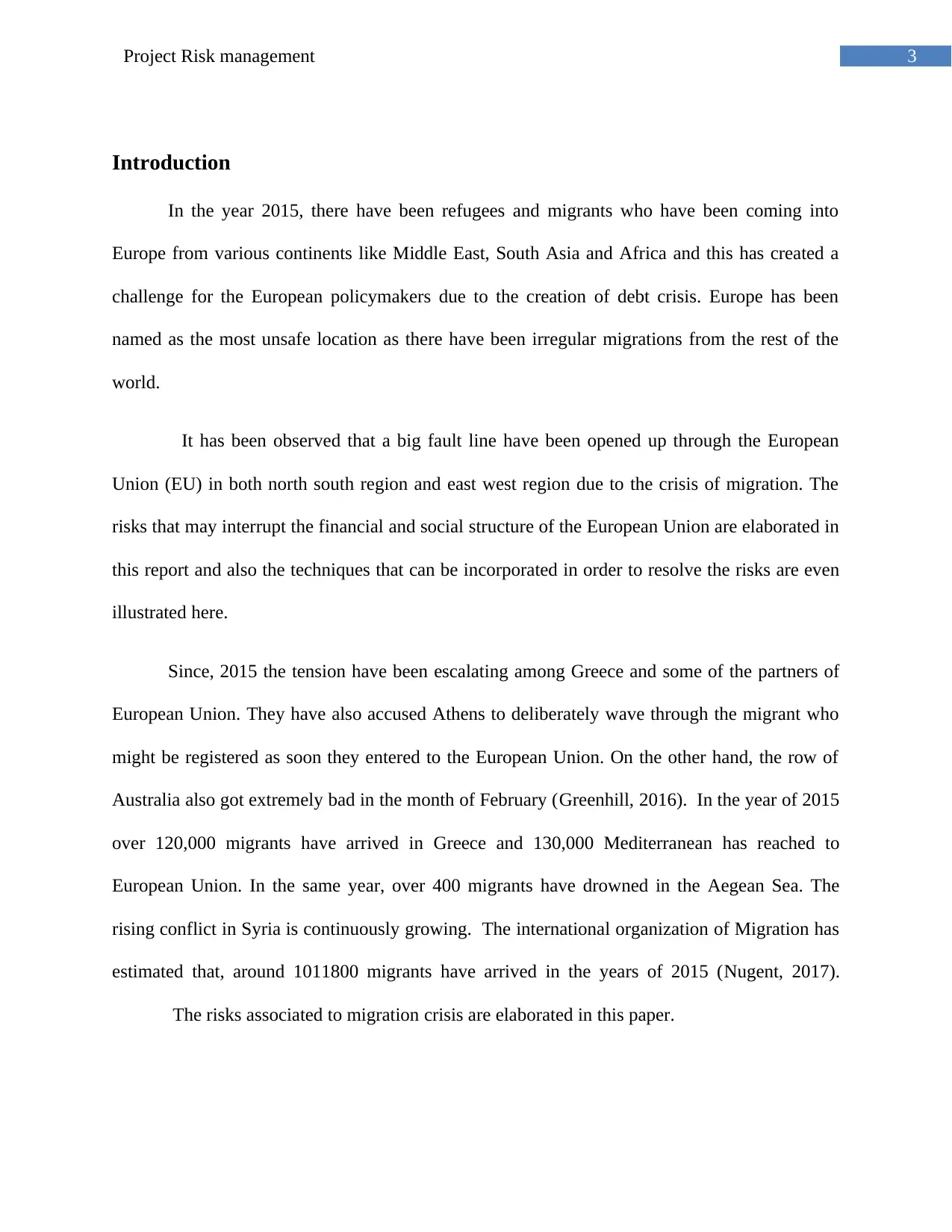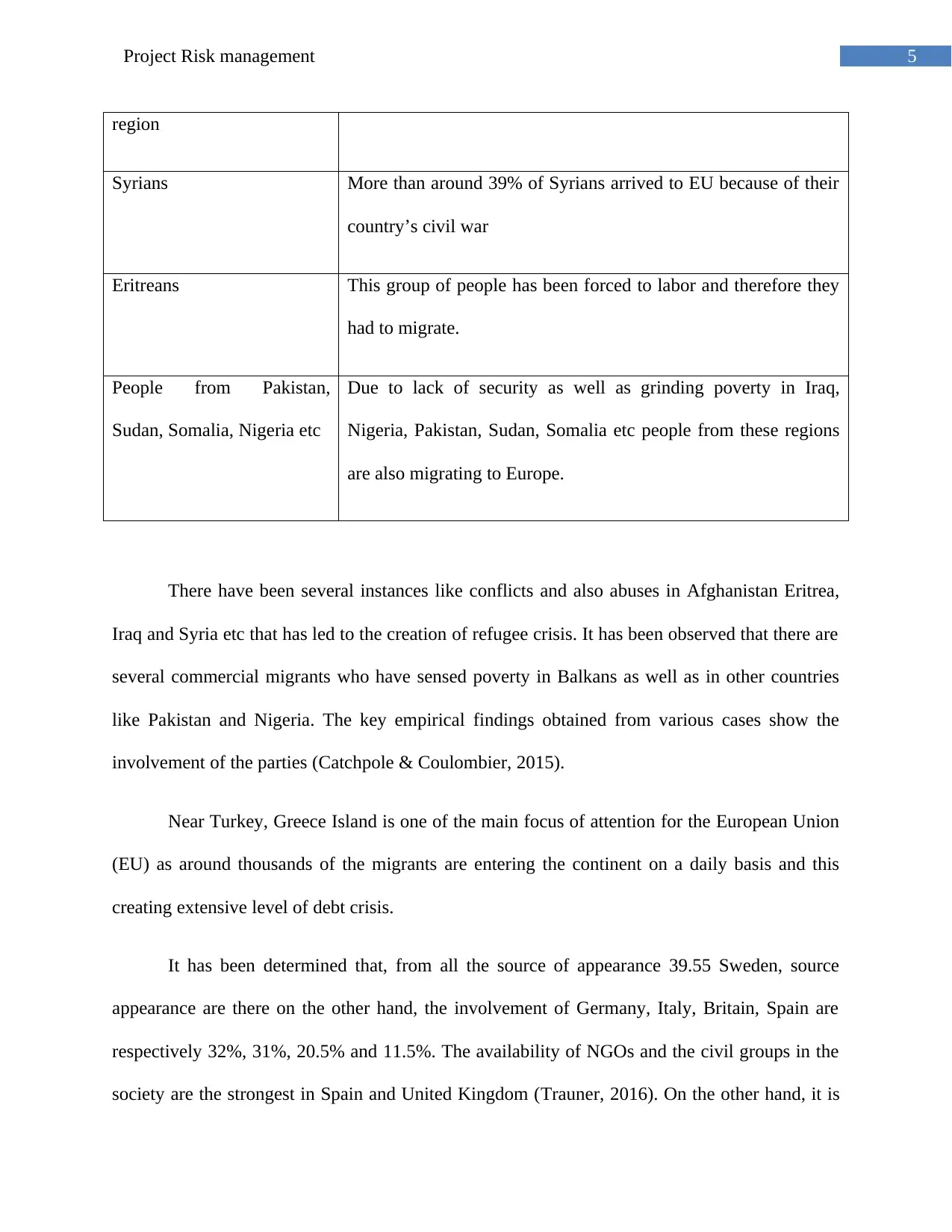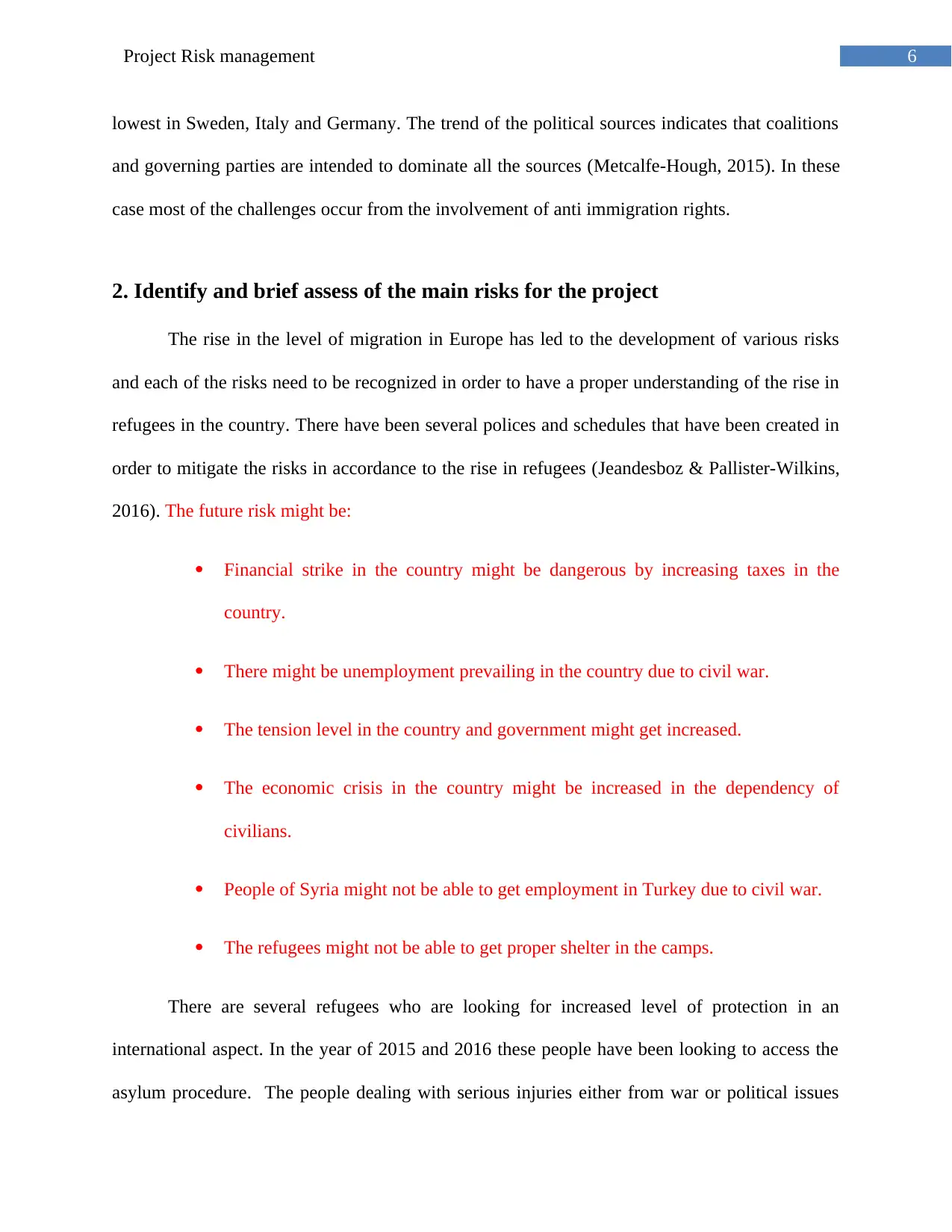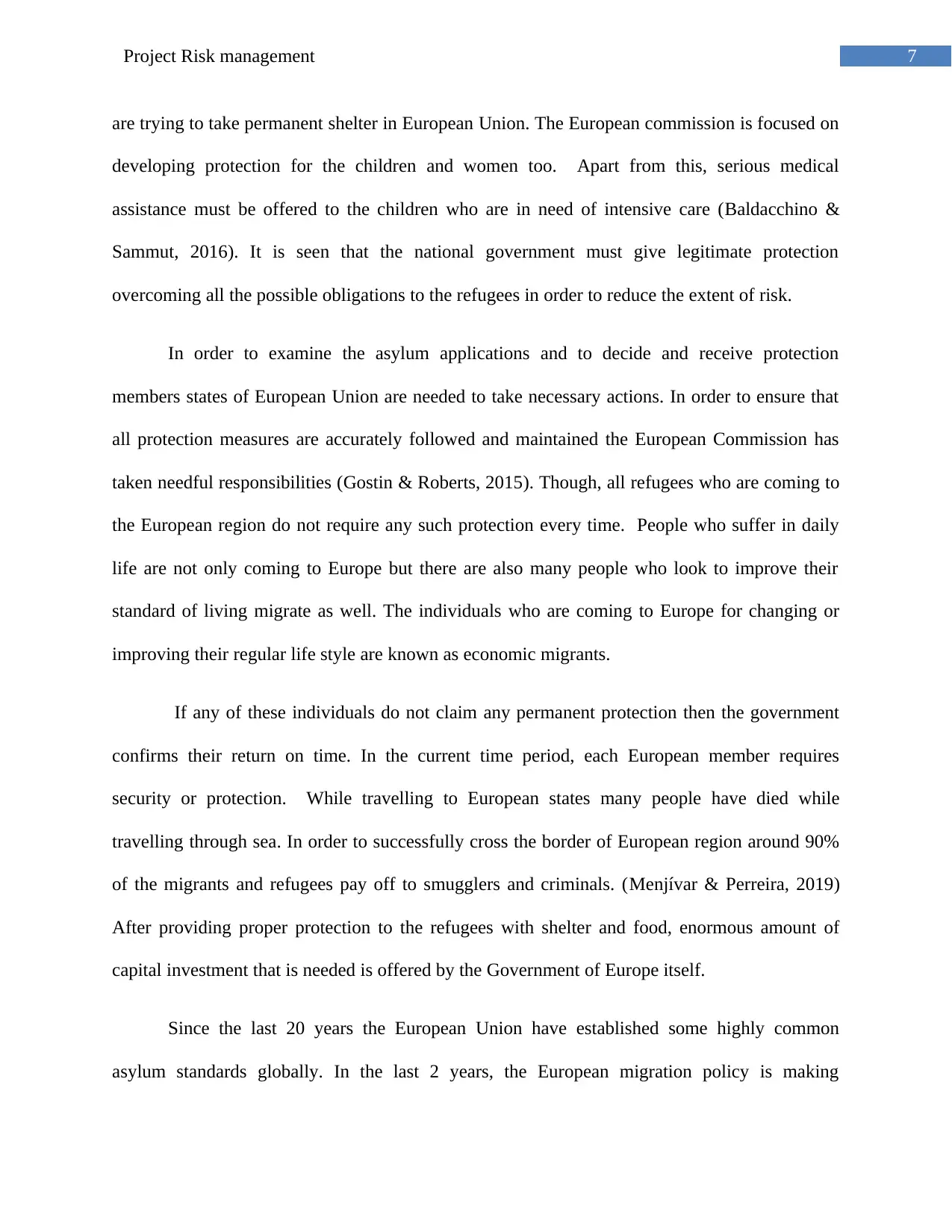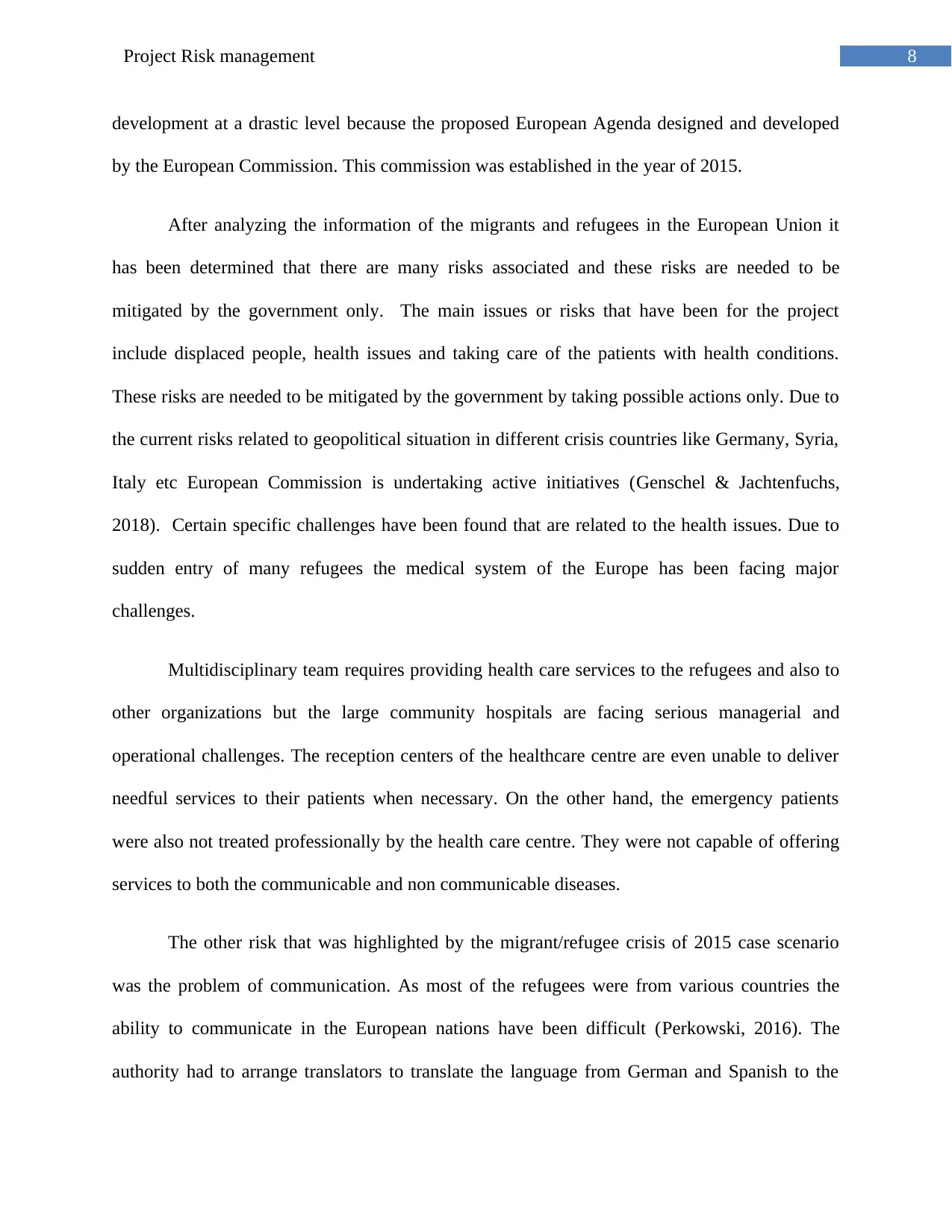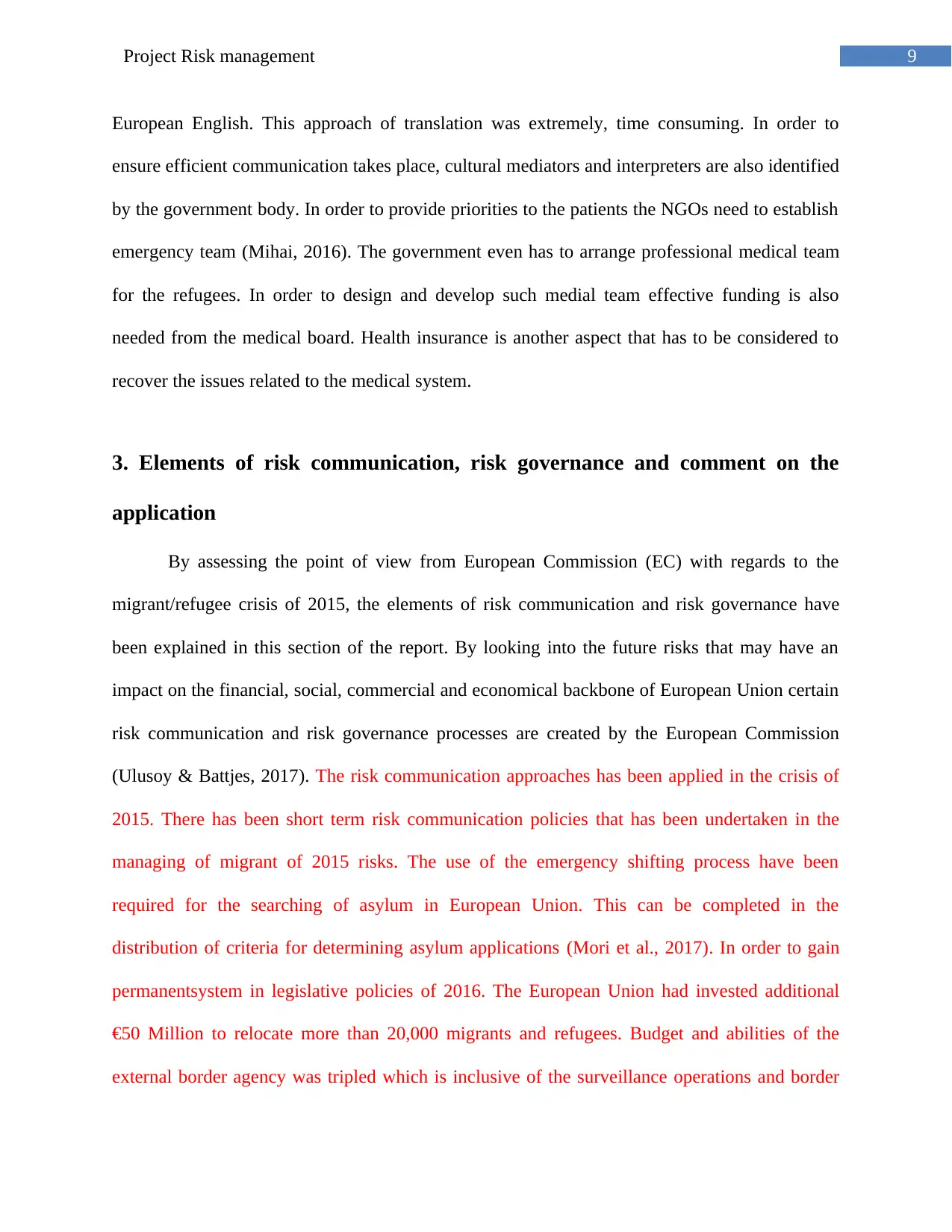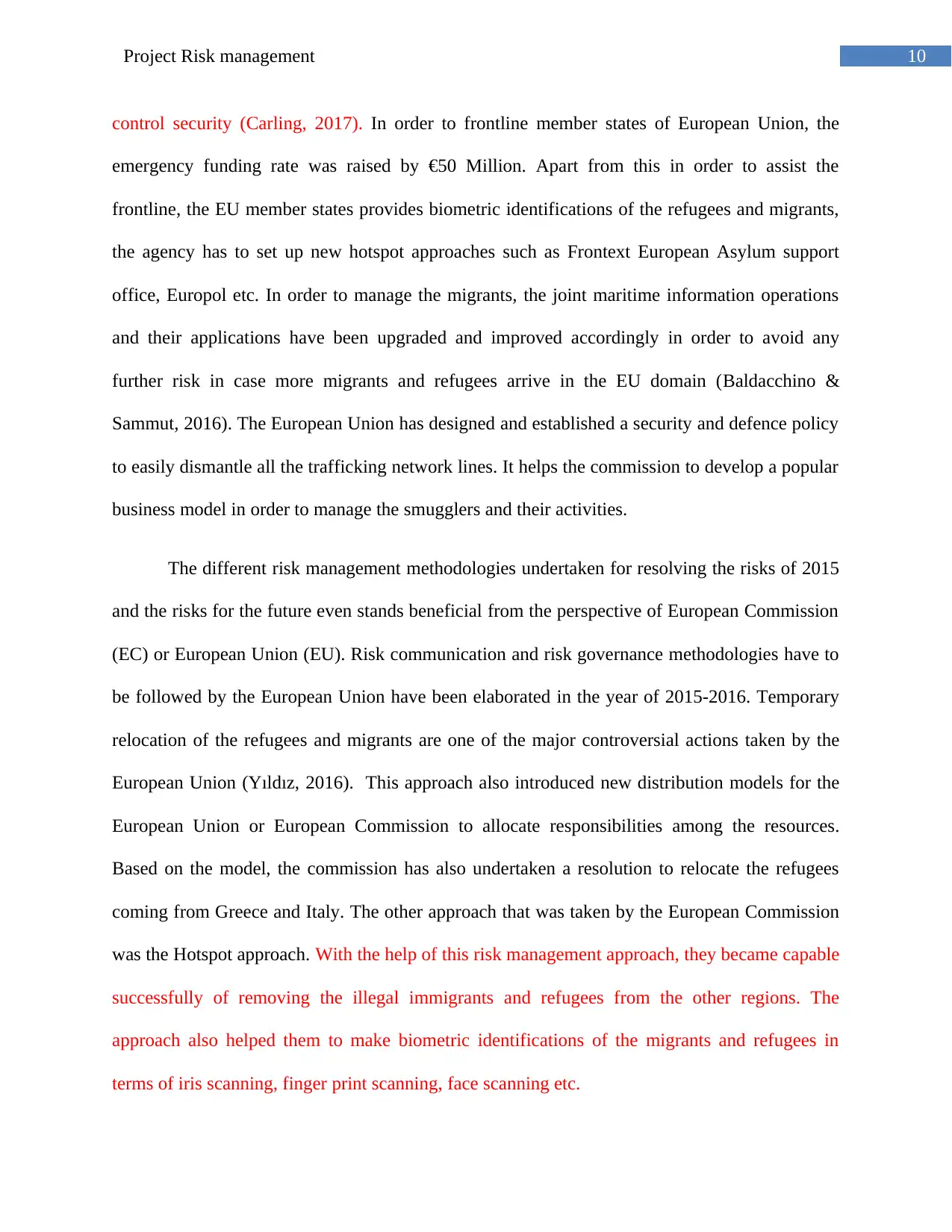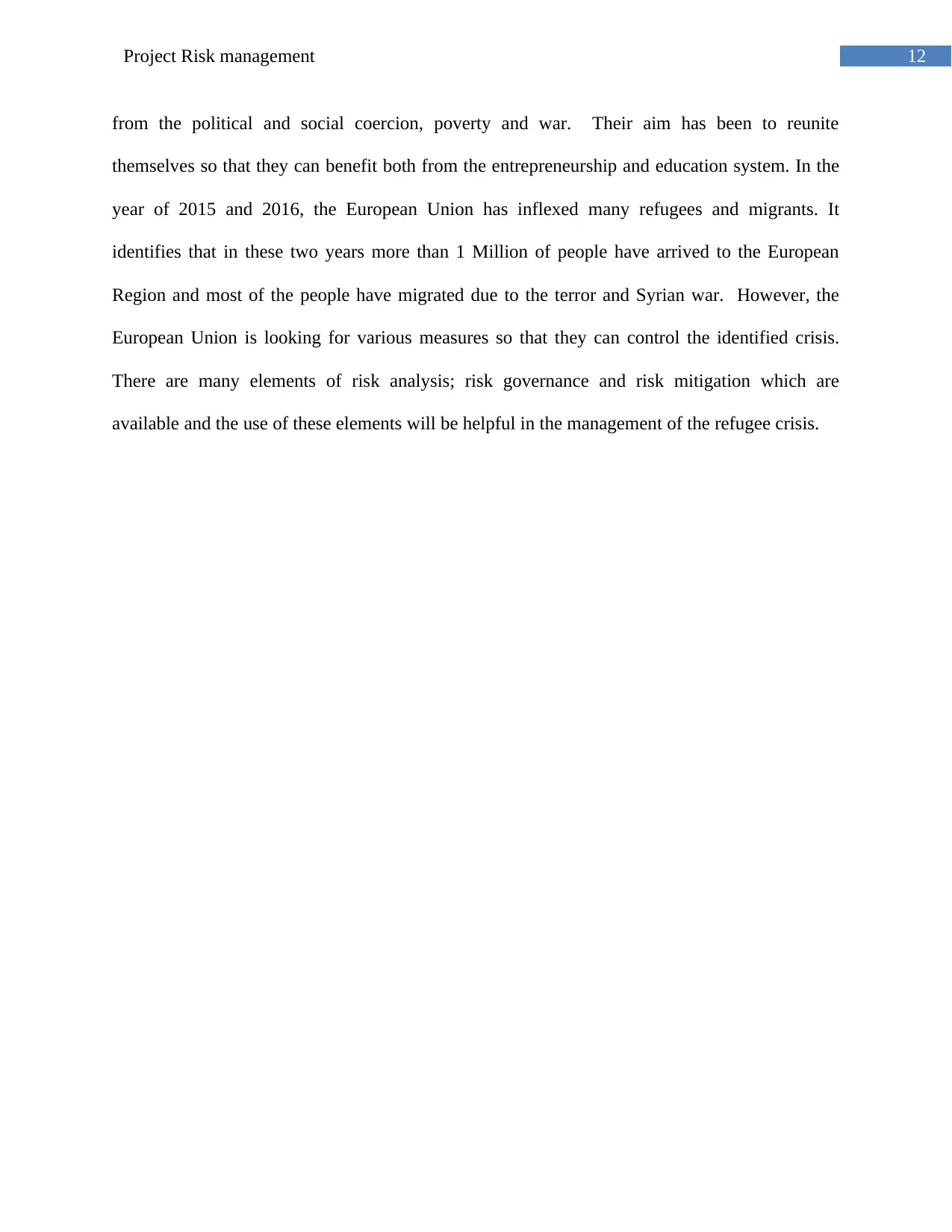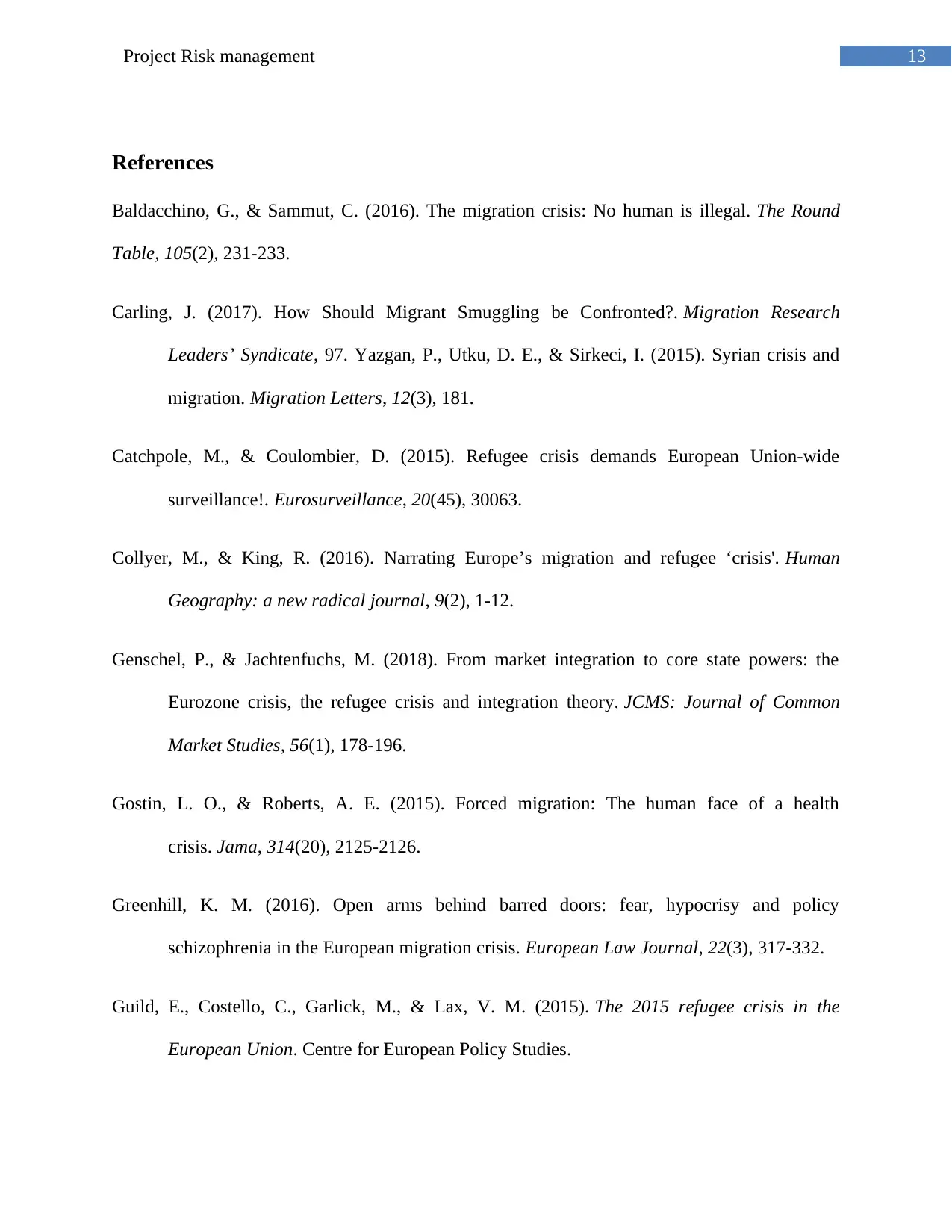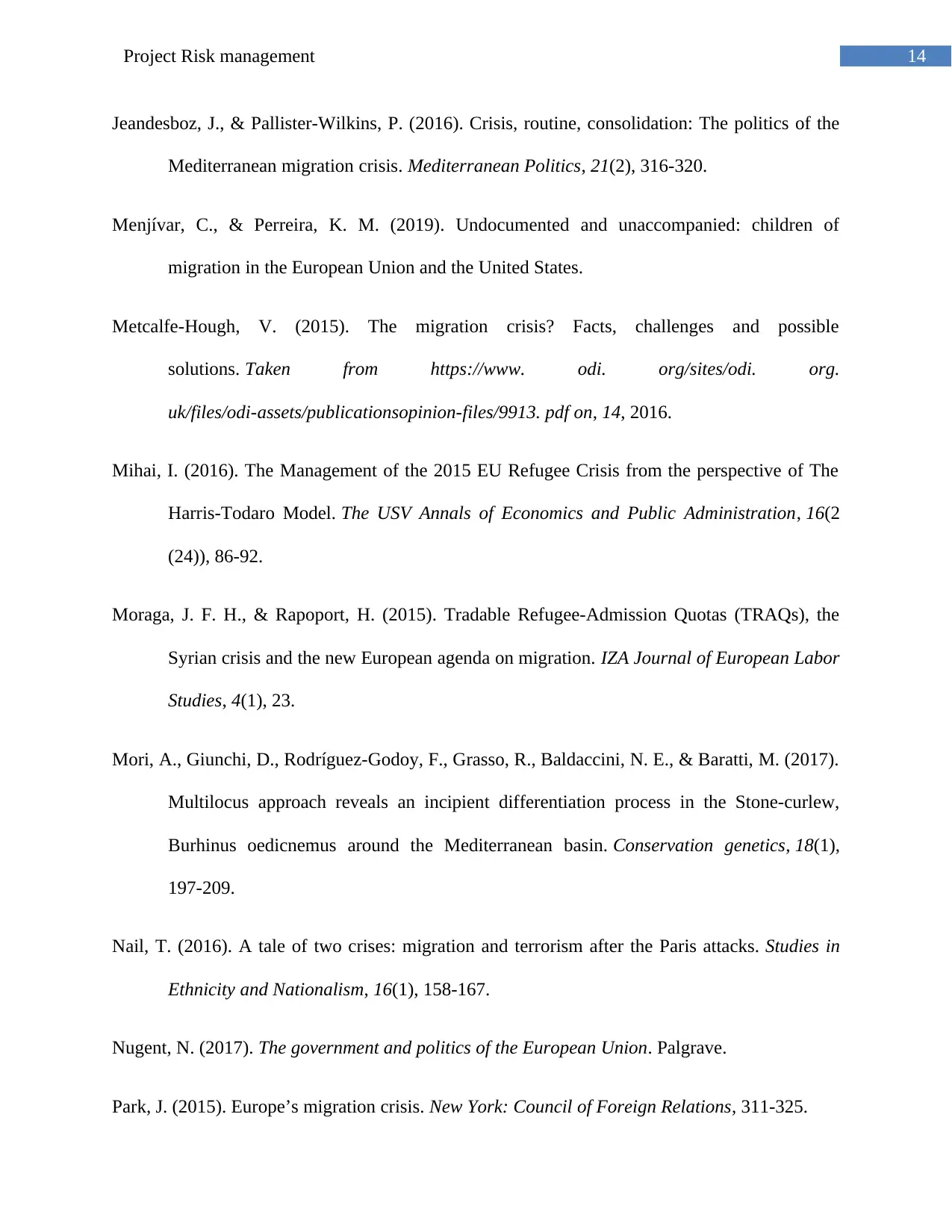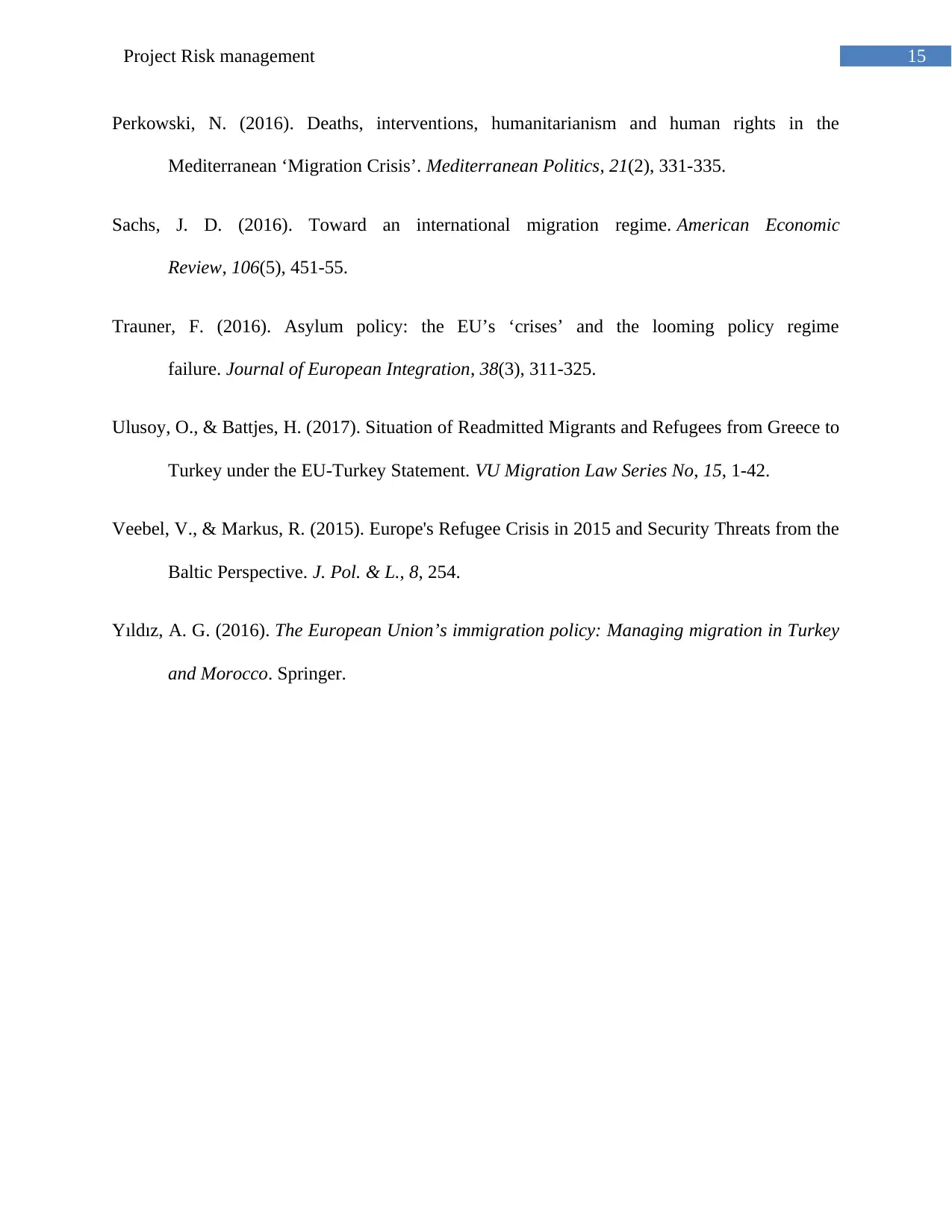In this case study we will discuss about project risk management and below are the summaries point:-
The paper discusses the challenge created by the influx of refugees and migrants into Europe from various continents like Middle East, South Asia, and Africa, which has created a debt crisis.
The paper identifies the fault lines that have been opened up through the European Union (EU) in both north-south and east-west regions due to the crisis of migration.
The paper elaborates on the risks that may interrupt the financial and social structure of the European Union due to the migration crisis and provides techniques that can be incorporated to resolve the risks.
The paper discusses the involved parties/groups and their point of views regarding the migrant crisis, including Greece, Turkey, Hungary, Macedonia, Italy, Germany, Austria, and France.
The paper provides statistics on the number of refugees and migrants who have arrived in Europe, with the highest percentage being from Syria.
![[object Object]](/_next/static/media/star-bottom.7253800d.svg)
![[object Object]](/_next/static/media/star-bottom.7253800d.svg)

